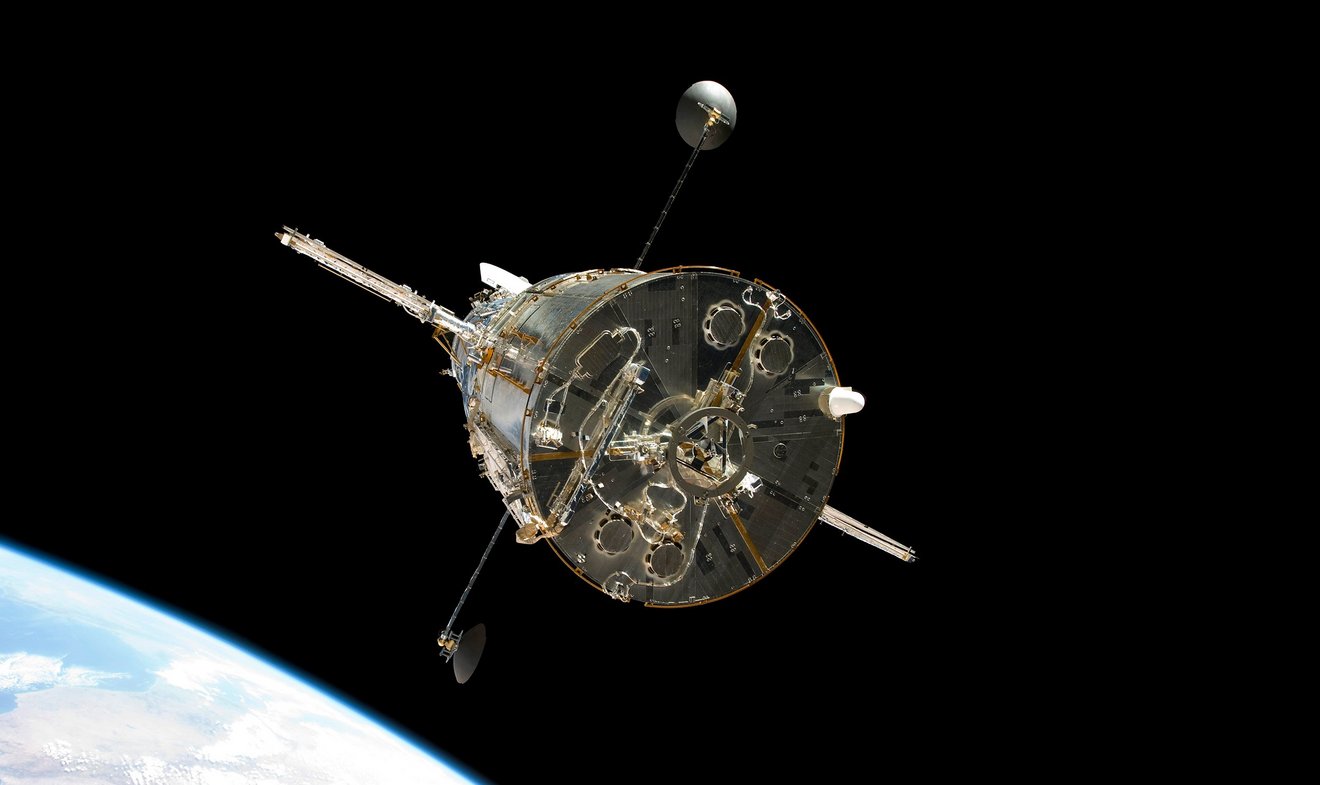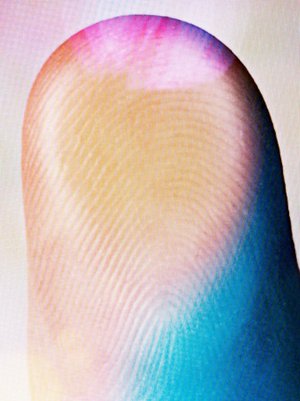When the first images were taken and sent back to Earth, the dismay could hardly be put into words. Engineers and scientists had spent decades working on the Hubble Space Telescope and placed great hopes in the device, which has a mirror diameter of 2.4 meters. With great effort, they had heaved the 13-meter colossus up into space with the help of the Space Shuttle, hoping to receive crystal-clear images of stars, galaxies and all the different heavenly bodies that humankind longs to understand better.
Yet when the massive telescope, the size and weight of a school bus, delivered the first images from its Faint Object Camera in 1990, it was quickly apparent that something was terribly wrong. Because of a slight miscalibration during the grinding of the primary mirror, the images were blurrier than expected. Fortunately, because the error affected the image quality systematically, the problem was easy to diagnose. It took about three years for scientists to find and design a solution, and a crew was sent to space with “corrective lenses” for the expensive telescope. It took space walks totaling more than 35 hours to complete the repair work. NASA called it "one of the most challenging and complex manned missions ever undertaken." This was followed by additional servicing missions, the last of which took place in 2009.
Since being repaired, Hubble has been delivering stunning images of distant galaxies, nearby planets, stars and nebulas in the Milky Way galaxy and beyond for more than three decades. Because the telescope is based in space, the quality of the images is much better than images astronomers would get with a similarly sized instrument here on Earth. This is due to air turbulence, also called atmospheric scintillation, which impairs the resolution power of ground-based telescopes. Hubble, in the vacuum of space, is unaffected by any atmospheric distortion.
Thanks to the light-strengthening effect of gravitational lensing, Hubble recently discovered a single star that is farther away than any other known stellar object. The star is now extinguished, but the light it emitted traveled nearly 13 billion light-years to reach us. “Hubble is sort of an enormously powerful time machine that can look back into the distant past of the cosmos,” says Manfred Gaida, astronomer and longtime employee of the German Aerospace Center. “Whether we’re watching distant galaxies merge, or brightly shining supernova when stars explode, what we’re seeing today has already happened in the past.”
The discovery of that ancient star, called Earendel after the Old English name for “morning star,” is just one of the many highlights that the Hubble Space Telescope has captured in the thirty-odd years of its operation. Gaida notes, “Hubble has far exceeded all astronomers’ expectations, although it is challenging to make the details understandable to the general public beyond just the spectacular images.” The discoveries and insights Hubble has enabled, for instance about supernovas, the expansion of the universe or star formation in gas and dust nebulas, never just stand alone. “One image is, for example, a puzzle piece that supports a certain scientific premise, while in another image you can find a second piece that better fits a different view of things,” Gaida explains. “We have to tirelessly assemble these individual pieces and, finally, reconcile the overall picture with data from other space- or land-based telescopes to gain a comprehensive, unclouded view of what’s happening in space.” The telescope is still regularly delivering 120 gigabytes of data to ground stations each week. How do galaxies merge and what are the timescales for the process? How exactly do stars form in interstellar matter? The vast amounts of data Hubble has collected can help answer these questions. Whether all this information will have more practical uses, however, cannot clearly be answered as of yet. As Gaida describes it, it’s somewhat like atomic and nuclear physics. The main goal of this sort of basic research isn’t primarily for immediate economic and monetary gain, even if such benefits often arise and pay off. “For instance, today’s laser technology and magnetic resonance imaging are based on insights into quantum theory, which was developed more than a century ago to understand the strange properties of atoms and their nuclei—at a time when nobody was thinking about useful applications that might someday result.”
For the past 32 years, Hubble has consistently provided science and humanity with new images and will probably continue to do so until 2026. By then at the latest, researchers expect that the James Webb Space Telescope (JWST) will have fully taken over the role of its world-famous predecessor. The JWST, a high-tech instrument equipped with a primary mirror almost three times larger than Hubble’s and with sophisticated technology for imaging at infrared wavelengths, has already arrived at its observation site at the L2 Lagrange point, about 1.5 million kilometers from Earth. Its primary mission is to detect the very first stars and galaxies that are thought to have formed after the Big Bang, during what is known as the “dark ages” of the universe.



